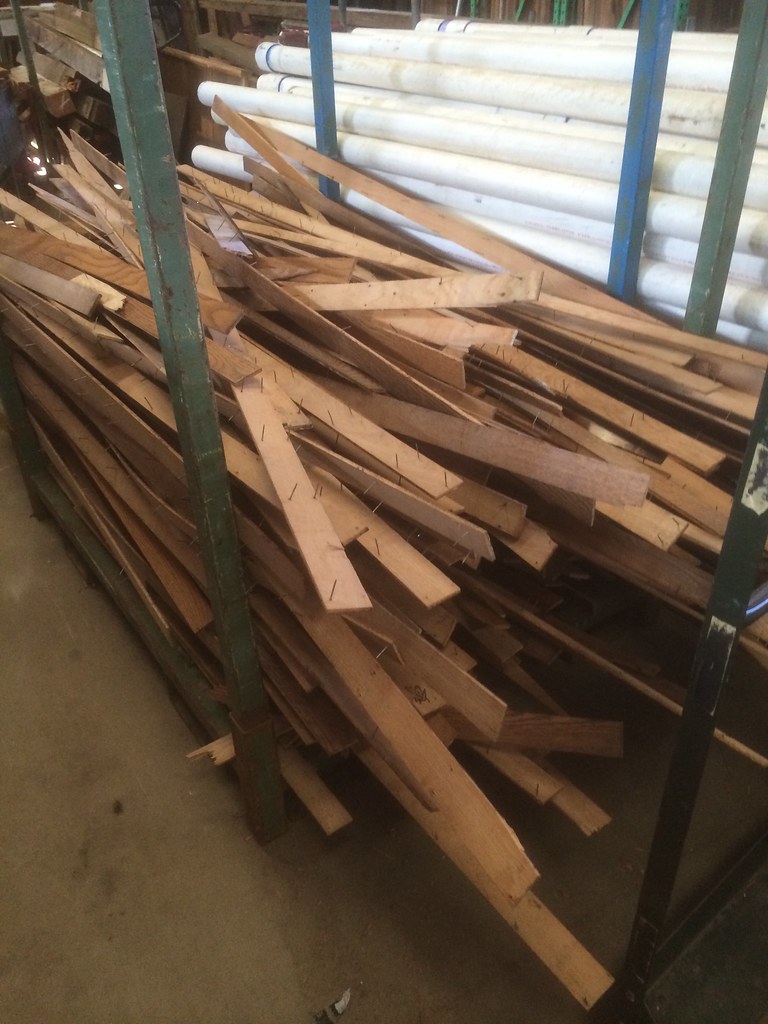Quarter-sawn wood is a revered choice among woodworkers, designers, and furniture makers for its stability and unique grain patterns. Understanding what it means to have quarter-sawn wood, specifically quarter-sawn white oak (QSWO), involves delving into its definition, benefits, cutting process, and applications.

Quarter-sawn white oak is obtained through a specialized cutting method where the log is quartered before being cut into boards. This method results in a straighter grain pattern compared to plain or flat sawn oak, which exhibits a more pronounced flame or cathedral grain. For more detailed terminology on sawing methods, refer to this article.

The unique quarter-sawn method creates "ray flecks" or medullary rays, which are highly sought after for their aesthetic value. These flecks provide a dramatic wavy appearance, enhancing the visual appeal of the wood, especially in Mission style furniture. This characteristic is beautifully illustrated in products like the Quarter Sawn White Oak by the Piece.
Quarter-sawn white oak is renowned for its enhanced stability. It is significantly less prone to warping, cupping, or twisting compared to plain sawn oak. The tighter grain reduces moisture absorption, offering better resistance to bending and making it suitable for a variety of furniture applications. You can learn more about its strengths from the Quarter Sawn Lumber - Information & Benefits resource.

Rustic quarter-sawn white oak allows for more natural imperfections like knots and burls, adding rustic charm and making it less expensive compared to standard QSWO.
| Cut Type | Grain Pattern | Stability | Cost |
|---|---|---|---|
| Plain Sawn | Flame (Cathedral) | Less Stable | Less Expensive |
| Quarter Sawn | Linear with Rays and Flecks | More Stable | More Expensive |
| Rift Sawn | Linear (Fewer Rays and Flecks) | Stable | Most Expensive |
Quarter-sawn white oak gained popularity in the early 20th century, particularly within the Arts and Crafts movement. It is often recognized in authentic Mission style or Stickley furniture, cherished for both its beauty and durability. To understand these differences further, see our piece on White Oak vs Red Oak.

QSWO is compatible with various finishes, with certain stains like Michael's Cherry and Asbury being popular choices that enhance the natural grain patterns. You can see an example of how it appears as a surface finish in the White Oak Quarter Sawn Veneer.
The cutting and production process of quarter-sawn oak is more labor-intensive, making it more expensive than plain sawn oak. This contributes to a higher overall cost, but the investment is often justified by the wood's superior qualities. Delve deeper into this topic with Good Wood: Using Beech to Rebind a Medieval Manuscript, Part 1.
Due to the waste generated during the cutting process, there are sustainability considerations. It's crucial to source QSWO from responsible suppliers that minimize waste and responsibly manage their resources. A good comparison can be made with plain sawn wood, elaborated in Is Spruce A Hardwood?
Despite its higher price, the durability, unique beauty, and reduced maintenance required for quarter-sawn white oak furniture make it a worthwhile investment for long-lasting pieces. Its resilience and distinct aesthetic appeal ensure that it remains a favorite among those who appreciate quality and craftsmanship. For those interested in application in surface finishes, consider the Oak White Rough Sawn Wood Veneer.

Immerse yourself in architecture’s most boundary-pushing ideas—where innovative home improvements meet visionary urban developments. Discover new building techniques, materials, and creative concepts that are redefining how we shape our spaces on a global scale.